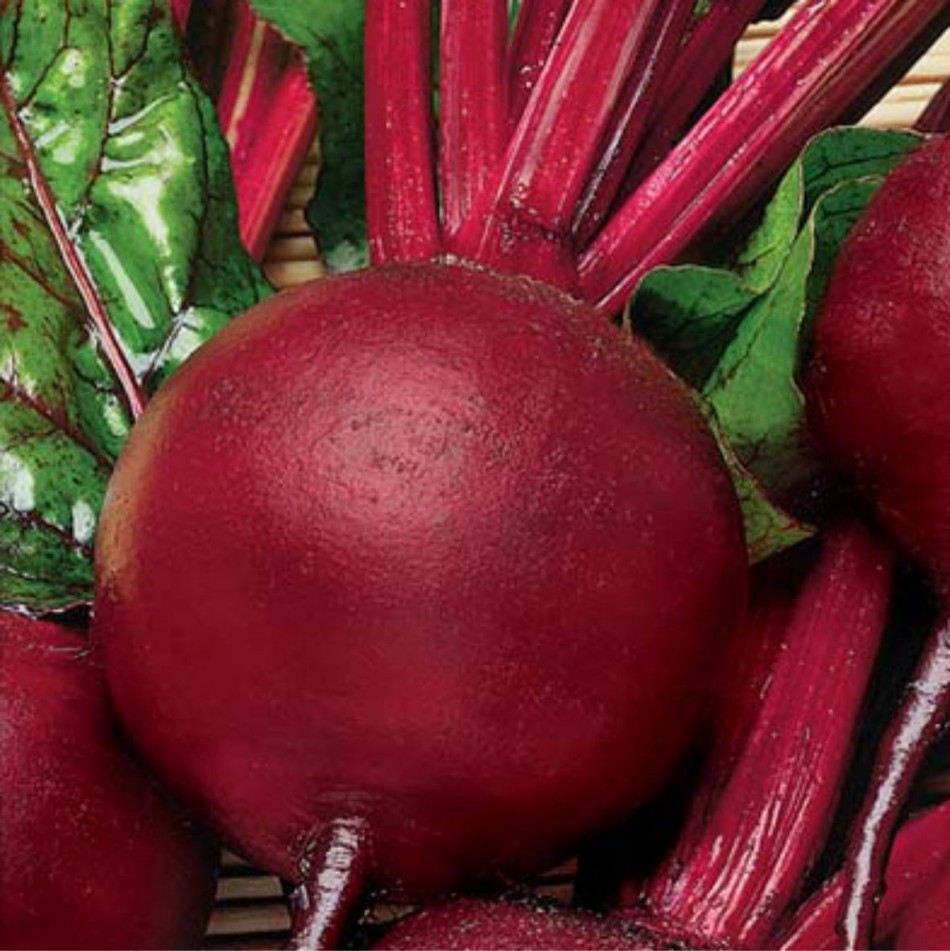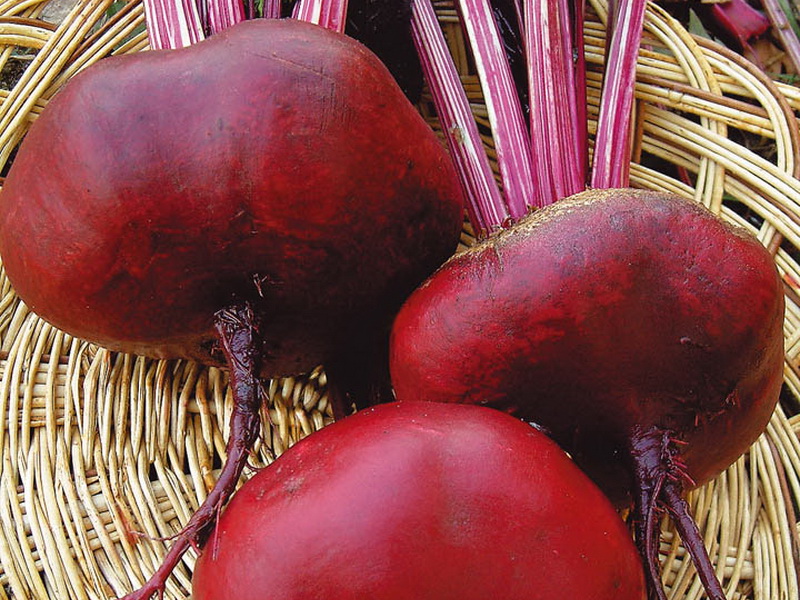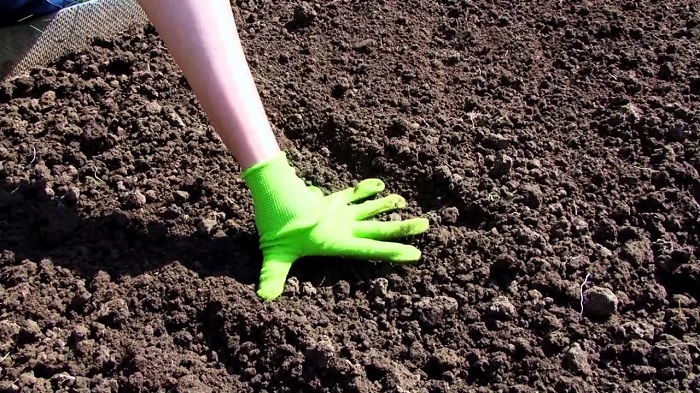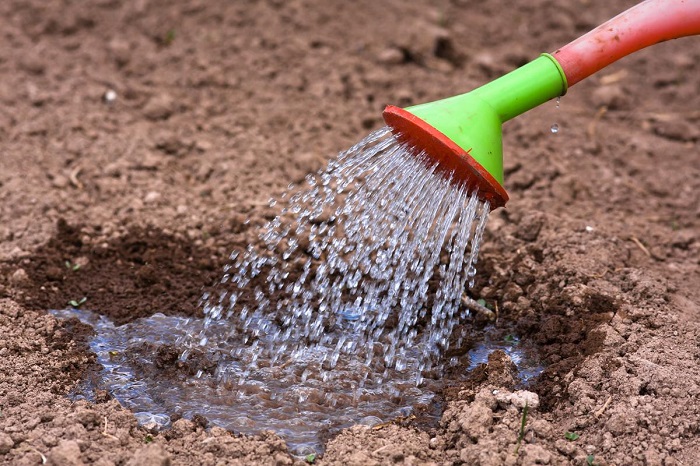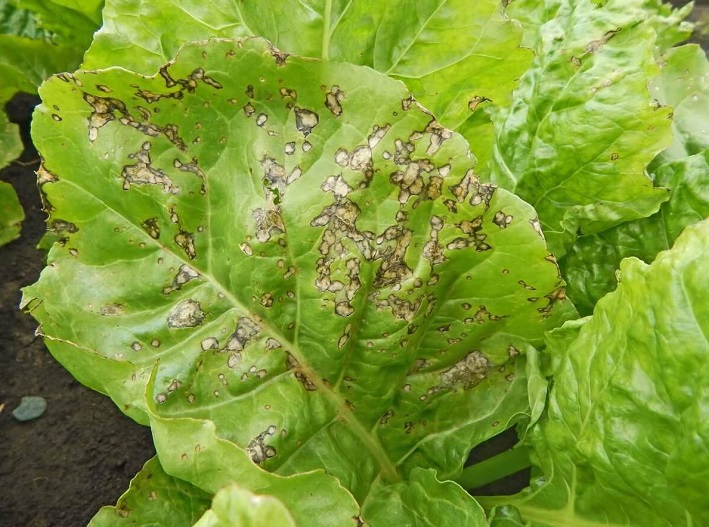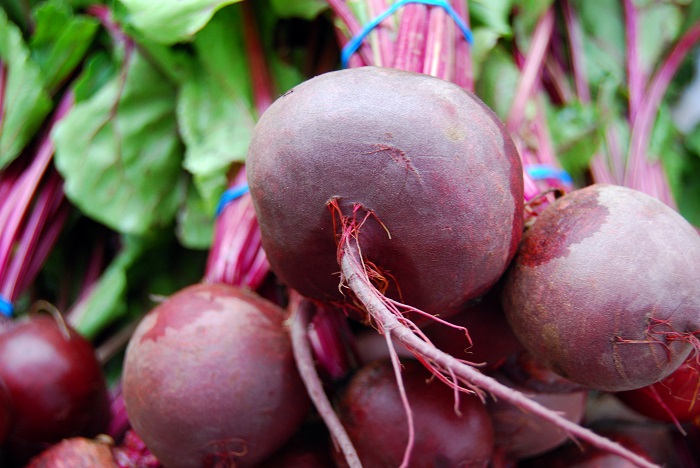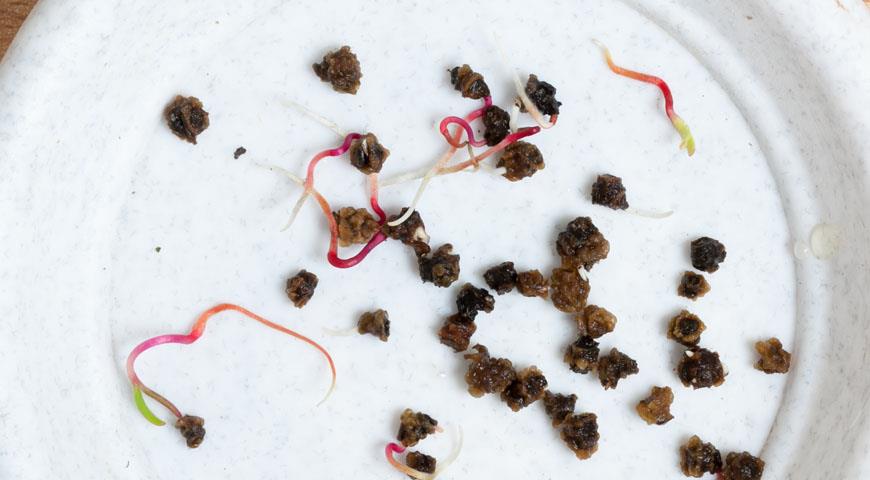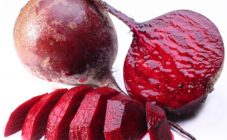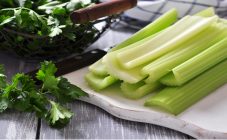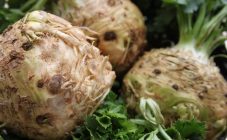Content:
Beets are one of the favorite garden crops of many gardeners. In order for it to grow healthy, tasty, and store for a long time, it is necessary to master the agrotechnical subtleties of growing a vegetable. The area of use of the root crop depends on the variety. The article provides information about growing beets: a description of popular varieties, tips for planting seeds and caring for a vegetable, what lands do beets like.
Which variety of beets to choose
The root crop began to grow in Russia a long time ago. Beetroot is popularly called beetroot. It is sown in the suburbs (middle lane). Siberia, the Far East and the Urals also use vegetable crops for planting.
Interesting. How many times in a life beets bear fruit depends on the variety. It can be one - two - and many years.
The root crop is unpretentious in care, it grows in almost all latitudes of Russia. In order to obtain a large harvest, it is recommended to opt for local varieties. Seeds with great hardiness are suitable for experimenting with hybrids.
The ripening time of a vegetable is directly related to the variety. After planting, beets ripen in 3-4 months. To get a harvest faster, you can plant seeds in a greenhouse, germinate seeds at home, then the seedlings are planted in the garden.
Varieties suitable for planting in all climates:
- Ataman. The beet has a cylindrical shape, the ripe vegetable reaches 300 g. Distinctive features: the color of the root vegetable is maroon, the taste is sweet, the pulp is homogeneous, suitable for long-term storage;
- Valenta. It belongs to the early varieties. The vegetable is dark red, frost-resistant, does not give in to plant diseases;
- Cylinder. A late variety, an elongated root crop up to 500 g, has good disease resistance;
- Red hero. An early variety with high yields. A large vegetable has a thin skin, the flesh is dark red, homogeneous. Ripe fruit reaches 500 g;
- Bikores. A high-yielding root crop of bright red color, it grows from 200 to 350 g by weight. Refers to mid-season varieties;
- Red ice. The vegetable is suitable for long-term storage, necessary for future preparations. Weight - from 200 g, structural pulp. A rounded root crop, rich red-burgundy color.
To keep beets in stock all year round, it is recommended to use early and late varieties for planting. When buying seeds, it is necessary to take into account the terrain, the characteristics of the variety, the yield, the taste of the root crop, and the shelf life depend on this.
Preparing the beds for beets
To get a high yield, you need to know what kind of soil beets like. The plot for vegetables is prepared in the fall. The remaining foliage and roots from the predecessors are removed from the beds, the soil is fertilized. The root crop grows intensively on loam, sandy loam, peat soils. The soil should be loose and nutritious.
It is recommended to plant beets in the ground if they have previously grown on them:
- Bell pepper;
- Tomatoes;
- Greens (lettuce, parsley, dill);
- Garlic, annual onions;
- Legumes.
After sprinkling the soil with fertilizers, the bed must be dug up. If the soil is acidic, then lime is added to it.
Recommended fertilizers when preparing the beds:
- Potassium chloride;
- Lime;
- Superphosphate;
- Ammonium nitrate.
Fertilizer dosage should be observed.With an increased content of minerals in the soil, root crops can grow with cracks and voids. To prepare the site, you can use organic fertilizers: ash, humus, manure.
Beets are a light-loving plant, so it is important to plant seeds in a sunny area. If you plant a vegetable on the shady side, then the ripe beets will not be saturated in color and taste. Before planting, the soil is dug up and loosened again. If the ground is dry, then the beds are watered, after which you can sow seeds.
It is undesirable to make beds if they grew there:
- Potatoes;
- Carrot;
- Cabbage;
- Radish;
- Fodder or table beets.
Types of seeds, their preparation
In appearance, the seed of the beet is shriveled, relatively large. It is easy to plant at the recommended spacing.
Stores usually sell seeds treated with fungicides and stimulants. Purchased seeds are green or dark pink. They do not need additional processing, this can only harm them. During planting, dry seeds are used, the soil is pre-moistened.
Untreated seeds are sandy or brownish in color. These seeds should be prepared before planting.
Step by step algorithm:
- Soak the seeds for a couple of hours. Soaking water should be at room temperature. After immersion in water, some seeds float. It is better to throw them away, they will not bear a good harvest;
- Prepare a weak solution of potassium permanganate. Put drowned seeds in it for disinfection, for 12 hours;
- After the procedure, wrap the seeds in gauze and immerse them in a stimulant solution for germination. Use a solution of Zircon or Epin. The number of hours during which the seeds must be in solution is indicated on the drug label. Usually they are kept from 30 minutes to 4 hours;
- After the specified time, remove the seeds from the solution, put them in a warm place for a day. This is one of the methods how you can germinate beet seeds. After 24 hours, the seeds will swell and begin to peck. After the procedures done, they begin to disembark on the garden.
If planting is carried out on the site where the house or summer cottage is located, then the seeds can be pickled to prevent diseases and pests.
When to plant beets
Seeds are sown in the spring. The temperature outside should be 15 degrees or higher when the ground warms up well (the recommended temperature is 13 degrees). We will give advice on how to become an experienced summer resident, then we plant the beets correctly.
You can land earlier, starting April 10. It is necessary to grow seedlings in a greenhouse. It is planted on the garden bed at the end of May, when the air warms up well. It is undesirable to plant seeds in a garden in cold, moist soil; there is a risk that they will rot and die.
On a note. A cold spring can affect the germination and maturation of the vegetable. To get a harvest, it is recommended to change the planting date to a warmer time. The beet variety is preferable to choose - early ripening.
Gardeners are wondering if beets are afraid of local frosts. Winter seeds are sown before the first frost. The seeds must be dry. The garden is covered for the winter. Sprouts begin to appear in early spring. Roots ripened during the summer season are unsuitable for long-term storage.
Planting seeds, how to grow beets:
- The preparation of the beet bed begins in the spring. You need to make grooves. The depth should be no more than 2 cm. You can use a small board, leading it along the bed, you get even grooves of the required depth;
- The norm of the distance between seeds for varieties with small roots is 10 cm, for large roots that are stored for a long time, the distance should be at least 20 cm;
- Carefully water the grooves with a watering can, do not allow the grooves to wash out. When the water is absorbed into the ground, the seeds are sown at intervals;
- Fill the grooves with earth, on top are laid with a small layer of humus and sawdust. The garden must be watered again.
Beetroot care rules
A vegetable crop gives a large harvest, subject to all agricultural techniques and proper care.
Recommendations for gardeners on how to grow beets properly:
- Knowing how to water beet seeds outdoors can help you grow a rich harvest. It is necessary to irrigate the beds with a small watering can - the sprinkling method. Water for irrigation is used from the container. It should be warm and well kept. After watering, the leaves of the vegetable gain strength, the root crop grows faster;
- In the morning, when the soil is still wet after watering, it is necessary to loosen the soil for better aeration. It is important to prevent a hard crust from forming on the ground. Loosen to a depth of 3 cm, being careful not to damage the growing root crop;
- Weed the beds regularly (you can use the herbicide Betanal Expert or Goltix 700), get rid of weeds in a timely manner. After the closure of the beet leaves, the weeds become much less;
- Carry out mulching. This will preserve moisture on hot days, the soil for good growth of beets will remain loose for longer. To do this, sprinkle the soil with sawdust, humus, straw;
- If the soil was prepared before planting seeds in the garden, then additional fertilization of the beds is not required during the ripening of the root crop. Advice on how you can grow fruitful good beets: depleted soil can be watered with infusions of chicken manure or mullein;
- For better plant growth, you need to pinch the leaves twice a season: the first time, when there is a distance of 3-5 cm between the leaves, and the second time, when the root crop reaches a size of 3 cm;
- If a pest appears, use ash or special feeding.
Beet disease
If you take good care of beets, then the vegetable is rarely attacked by pests. But it is important to monitor the condition of the leaves, when the first signs of an illness appear, eliminate the disease and save the crop.
Pests and diseases:
- Cercosporosis in beets. With the disease, the leaves of the plant are affected, growth slows down, the root crop develops worse. This indicates a lack of potassium. To eliminate the disease, the plant is fed (potassium chloride), the bed is sprinkled with ash;
- Fomoz. The disease is characterized by damage to the lower leaves and the core of the root crop. Brown spots appear on the foliage. The cause of the development of a fungal disease is a lack of boron. Boric acid is used to fight the disease;
- Fusarium. The vegetable is affected by Fusarium due to insufficient watering and excessive soil drought. The bases of the leaf darken, the root crop cracks, a white bloom forms at the site of damage;
- Root eater on beets. An infectious disease that affects seedlings. The leg becomes thinner, darkens, the plant dies. The reason is the lack of aeration (loosening) on wet soil, this can be the answer to why beets do not grow in this garden;
- Beet weevil - a beetle with a gray-brown color, damages beet sprouts, lays larvae. Control methods - timely sowing of treated seeds.
Harvesting
The main harvest of beets is harvested in the fall, the leaves should wither. During harvesting of beets with a shovel, they pry up a layer of earth and carefully remove the root crop so as not to damage the integrity. The earth is shaken off the beets, the dried tops are left.
On a note. It is recommended to store whole root vegetables in a cool dry place.
Knowing all the intricacies of growing beets, you can grow a healthy vegetable that will be stored all winter.
